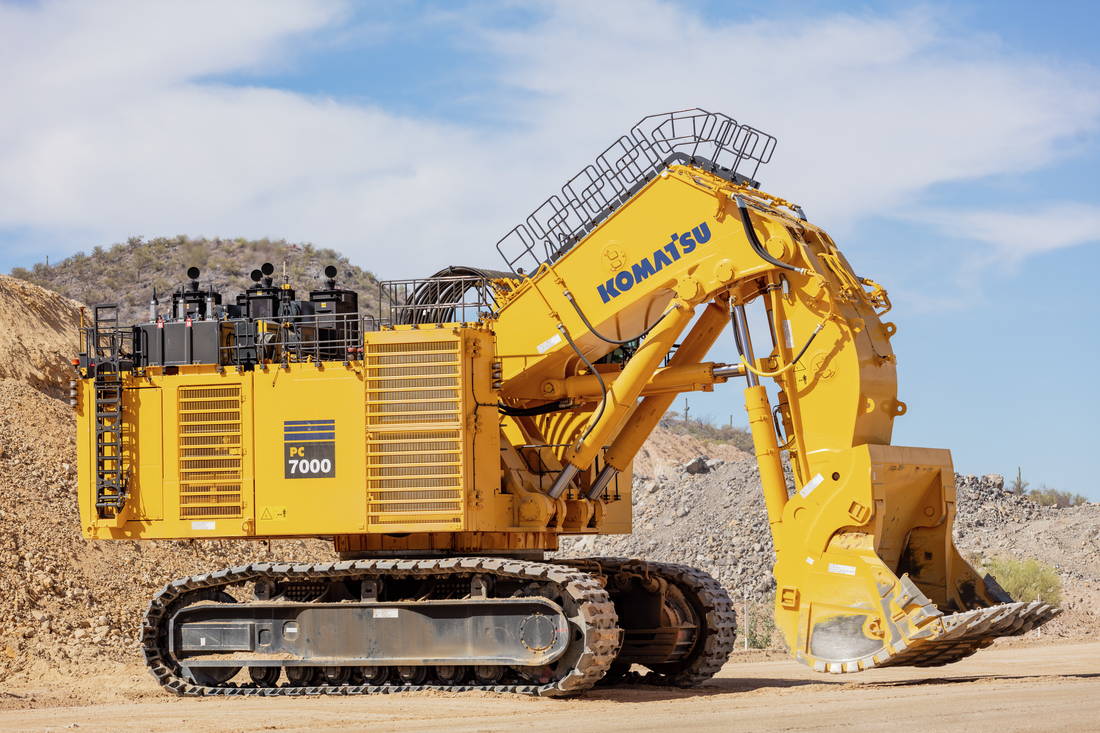Mining industry leadership set for changing of the guard

Titans of the mining industry who have led the industry through myriad storms for decades are set to retire over the next few years, a once-in-a-generation turnover that has sparked a search for fresh talent with far different skills than current executives.
Ivan Glasenberg, chief executive of mining giant Glencore Plc since 2002, said last month he would retire over the next three to five years, sparking speculation about which of his industry peers could be next to go. Glasenberg’s replacement is expected to be an internal hire, according to a source familiar with the matter.
For mining executives that have been in their roles for years, “their approach is probably more appropriate for a different time”
At least one other global mining giant has approached rival executives about their interest in moving, according to two sources.
The CEOs of Freeport McMoRan Inc, Teck Resources Ltd, Agnico Eagle Mines Ltd and Southern Copper Corp have been in their roles for more than 10 years, eclipsing the industry average of seven years.
BHP Group Ltd CEO Andrew Mackenzie and Anglo American Plc CEO Mark Cutifani have been in their roles more than five years.
While the new crop of leaders will still need practical knowledge of how to run a successful mine, deep experience with digitization, cybersecurity and diplomacy, among other skills, are increasingly seen as just as important.
“New skills are necessary for a new cycle,” said Douglas Groh of Tocqueville Asset Management, a major gold investor holding shares in Agnico, Barrick Gold Corp and other miners.
Boards are also pushing for candidates with gender and age diversity. This is a subtle pushback against an industry that has long been led by older men with extensive experience running mines but who now face emerging technologies, activist shareholders, and governments demanding bigger shares of mining revenues.
“Future mining leaders will need to focus less on how to get things out of the ground and more on sustainability and stakeholder engagement,” said John Howard, head of the mining executive search practice at recruitment firm Heidrick and Struggles. “Because if you don’t get that engagement right, you don’t get to take things out of the ground.”
BHP and Rio Tinto Ltd are also recruiting senior leaders of their own for projects in Peru, Australia and elsewhere. But despite the pending leadership opportunities, the mining industry can be a tough sell.
Future mining leaders will need to focus less on how to get things out of the ground and more on sustainability and stakeholder engagement
“There is an international scramble for talent,” said Alison Gaines, chief executive of Australia-based management consulting firm Gerard Daniels.
Some positions are located in remote regions, and the industry has struggled to ditch its “dirty” image. By contrast, the technology and finance industries, which are attracting top talent that might once have considered mining, are often located in large urban areas.
Women, especially, have been hard to recruit for senior leadership positions in the mining industry. While Fortescue Metals Group Ltd, Tahoe Resources Inc and Freeport have senior executives who are women, they tend to be the exception in an industry where fewer than 10 percent of board members and executives are not men.
“We need more recruitment targeted at women and candidates from non-traditional areas to change the base of thinking on how we see the future, because right now that’s lacking,” said Rosario Maria Astuvilca, head of the mining practice at Canada-based executive search firm Odgers Berndtson.
The mining industry’s reputation as being bad for the environment also hurts recruitment, experts say. Slowly, though, automation and other tech advances are forcing change.
“There’s a lot of art in mining, not just science,” said John Byrne, managing partner of executive search firm Boyden in Chile. “Automation and artificial intelligence are going to be critical for the industry moving forward. They will have a direct impact on production costs.”
(By Ernest Scheyder, Susan Taylor, John Tilak, Melanie Burton and Clara Denina; Editing by Bernadette Baum)
{{ commodity.name }}
{{ post.title }}
{{ post.date }}

Comments